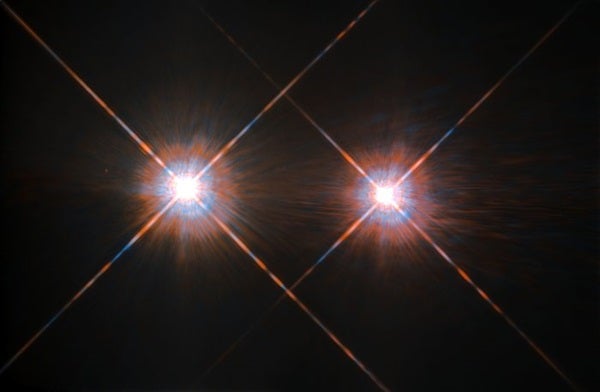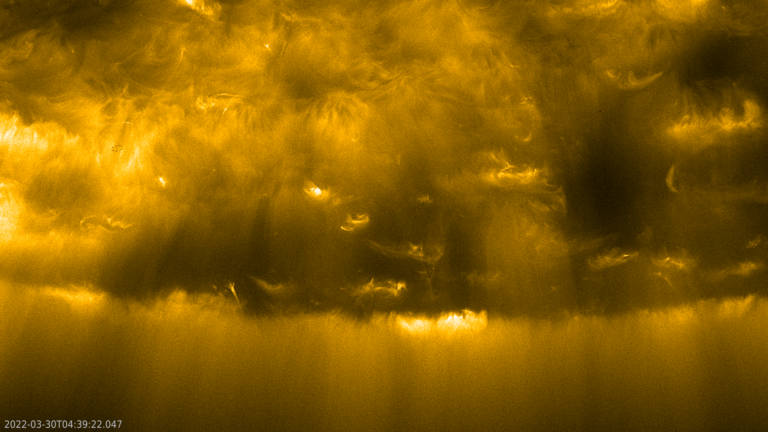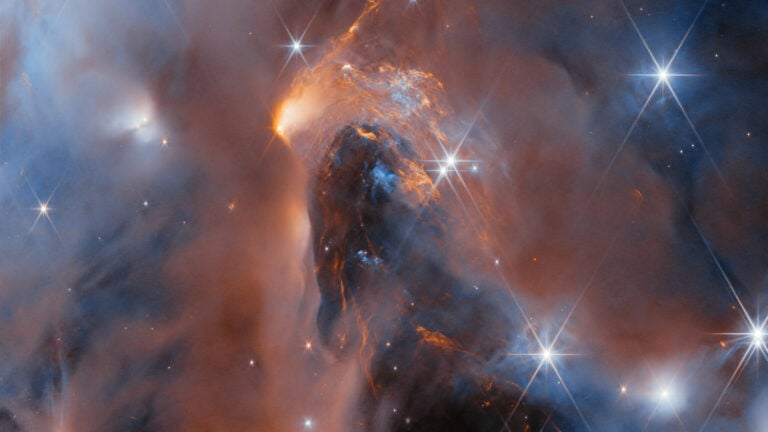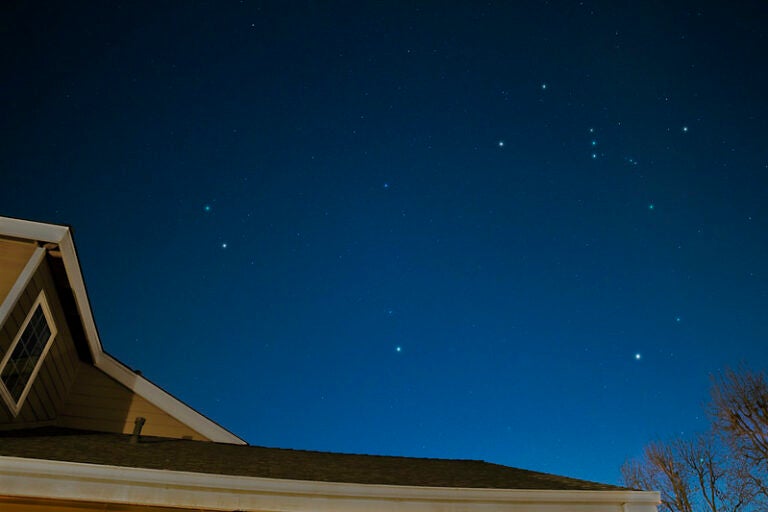The second issue is better understood. If the two stars in a very wide binary were the only stars in the universe, the pairing could survive forever. But the universe is a busy place, and our Milky Way alone contains more than 100 billion stars moving around its center. A very wide binary has a very weak gravitational bond, so if another star passes near the binary, the pair can break apart. Eighty years ago, Armenian astronomer Victor Ambartsumian calculated that a wide binary rarely breaks apart as the result of a single close encounter with another star, but rather through numerous distant passages that each gently tug on the binary until it imperceptibly passes from being bound to being unbound.
For a very long time, the two stars will still travel together through space until eventually they part ways. An ultrawide binary with a separation of 0.5 parsec (1.6 light-years) is statistically likely to break up within just 100 million years, while a slightly less extreme binary with separation around 0.1 pc (0.3 light-years) may survive for more than 1 billion years.
In summary, there is no known fixed upper limit for binary separations, but the wider a binary is, the more difficult it will be to find.



![Albireo (Beta [β] Cygni) is a classic example of a double star with contrasting colors.](https://www.astronomy.com/uploads/2024/08/Albireo.jpg)






